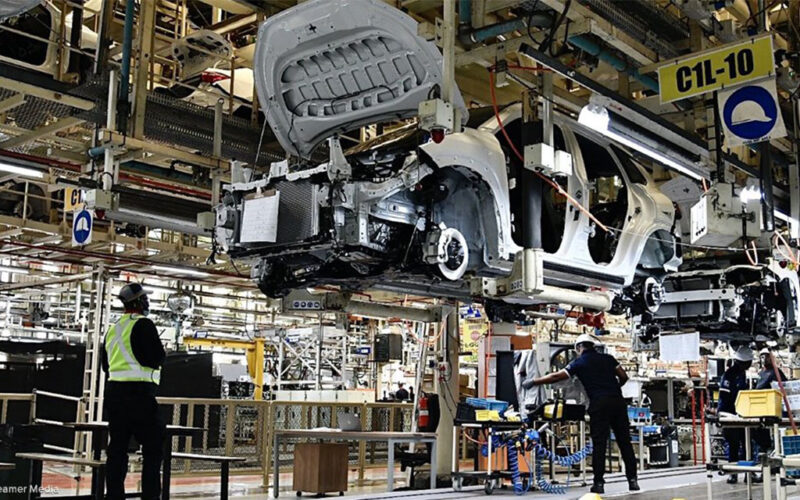Toyota maintains its position as the top-selling car brand in the market. In August 2023, Toyota continued to lead, capturing a 51% share of the market, which is an increase of 1 percentage point from the previous month.
Following closely behind are Ford (7%), Volkswagen (6%), Kia (5%), and Scania (4%). Ford’s market share saw growth, primarily driven by the strong demand for the Ford Raptor, with 64 units sold in August. However, Volkswagen, which used to be the second-best performer, has seen relatively flat sales due to higher prices.
In terms of vehicle sales, there was a 2.9% decline in passenger vehicle sales compared to the previous year in August, in stark contrast to the 67.5% year-on-year increase observed in July. Meanwhile, commercial vehicle sales experienced a 10.7% year-on-year growth in August, though this was a decrease from the remarkable 110.8% year-on-year growth seen in July.
Commercial vehicle sales were predominantly driven by the sale of 505 light commercial vehicles and 64 extra-heavy commercial vehicles in August. Additionally, 14 mediums and seven heavy commercial vehicles, along with two buses, were sold during the same period.
In August, the demand for vehicles in Namibia dropped by 13.2%, decreasing from 1,260 units in July to 1,094 units in August. On an annual basis, vehicle sales showed a modest 4.0% year-on-year improvement in August, significantly lower than the double-digit growth witnessed in August 2022.
According to a report from Simonis Storm, Namibia’s vehicle inflation registered a year-on-year increase of 7.6% in August, with passenger vehicles experiencing a more pronounced inflationary trend at an average of 10.9% year-on-year.
This inflation surge primarily affected passenger vehicles, light-commercial vehicles, medium commercial vehicles, and extra-heavy commercial vehicles, while the average price of heavy commercial vehicles saw a decline of 13.5% year-on-year in August.
Simonis noted that the new vehicle market is currently undergoing a resurgence, driven by improvements in the supply chain landscape. The report stated that new vehicle sales make up a significant 80% of total sales, with pre-owned vehicle sales constituting the remainder.
Simonis also observed a deceleration in the pre-owned vehicle market, following its previous boom during the period of high supply chain disruptions in 2022. Dealers took advantage of this situation by increasing profit margins on pre-owned vehicles, effectively encouraging consumers to make purchases at retail prices rather than trade-in values.




